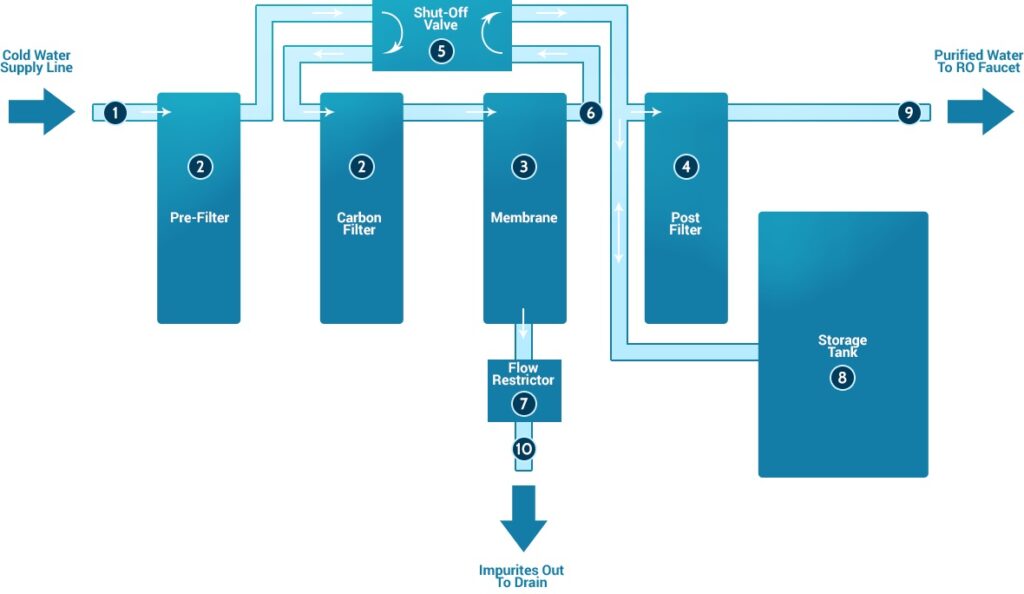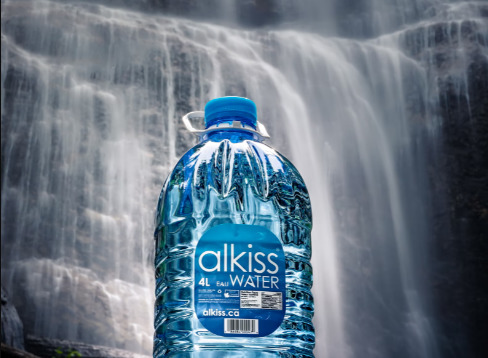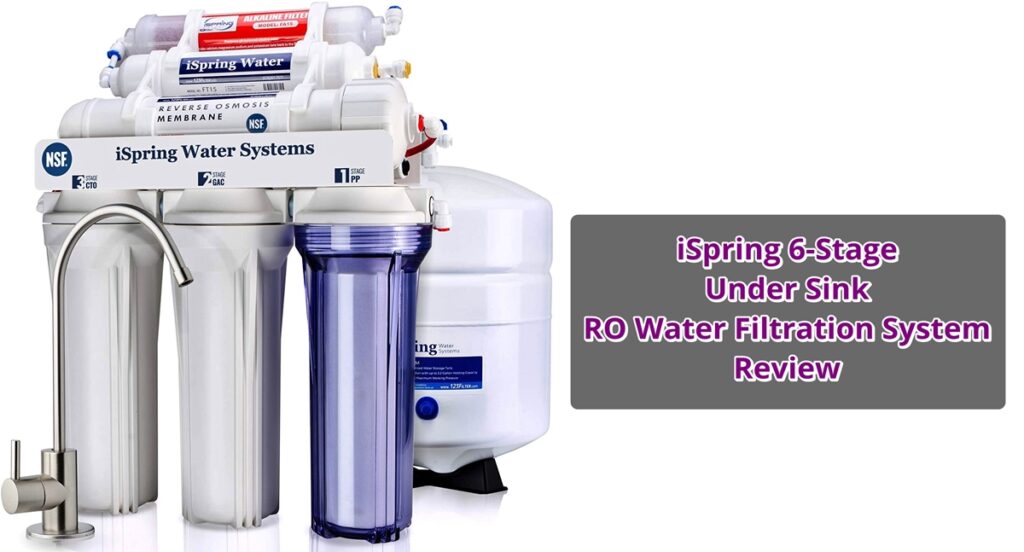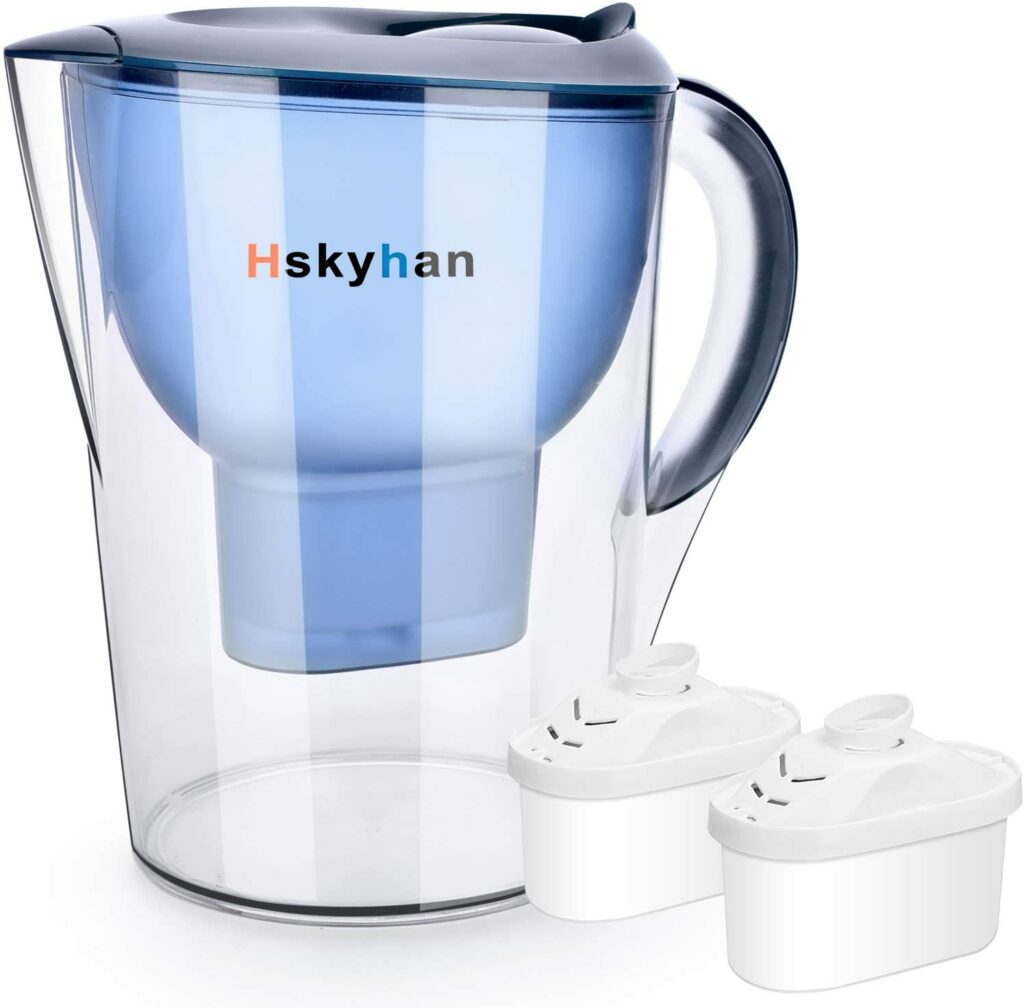The reverse osmosis system removes pretty much all of the impurities from water, giving a filtered result that is liberated from toxins like chlorine and lead.
Nonetheless, reverse osmosis technology is so effective that it strips all contaminants from the water.
That implies bidding farewell to poisonous chemical substances, and you are also cleansing the water of sound minerals like calcium and magnesium.
Would it be recommended for you to keep on drinking Reverse Osmosis water?
Would it be advisable for you to remineralize the water before consuming it?
Keep your eyes hooked to this article to learn more.
What Happens To Water During The Reverse Osmosis?

You might have known about reverse osmosis, but do you truly understand what happens and what the result is?
In a Reverse Osmosis or RO filtration system, the film and filters are used to get the water before it reaches you.
It is a filtration process that is very basic and on a microscopic level.
The RO or Reverse Osmosis layer permits water to go through and into your glass yet leaves behind anything with a bigger molecule size than its 0.0001-micron pore size.
To make it simpler for you to learn about it, 1 micron equals around 0.00004 inches, and human hair is about 75 microns in width.
The semipermeable layer gets and holds microscopic organisms and toxins in the water. But, it also keeps salt and different minerals from going through.
It implies that reverse osmosis water does not contain the minerals you need.
In areas where the water contains dangerous impurities and is unsafe to drink, reverse osmosis can be a saviour.
Source of Minerals:
Humans do not get the maximum health benefits from the water they drink. We all know that food is an essential source of minerals.
Keeping that in mind, does it matter if we remove any minerals from drinking water?
On the off chance that you take a look at the data from The World Health Organization, it is a yes.
As indicated by late reports by WHO, there are many after-effects related to reverse osmosis of water and why it can cause an issue.

The report by WHO states that polishing off demineralized water that goes through reverse osmosis will compromise the nature of minerals in your food.
The minerals get released as urine out of the body, which might fundamentally diminish the amount available for assimilation.
A similar methodology happens when you use demineralized water for cooking, like boiling the vegetables.
The critical minerals filter out from the food into the water to make up for the mineral absence.
The number of minerals that filter out because of demineralized water is critical, and this can reach as high as 75 per cent.
It leaves a modest quantity of the body and is one of the main reasons WHO says that reverse osmosis effectively affects the body.
The Minerals That Go Missing:
Reverse osmosis gained popularity when it started being used in the military. It was generally used to supply clean drinking water.
A commercial one came into the picture from this primary use, and eventually, RO or Reverse Osmosis became a household staple.
But, here are a couple of minerals that get lost in this process:
Calcium:
Calcium is a widespread kind of mineral that is found in the human body.
It makes up well more than 2 per cent of the weight of your body.
Besides being present in the bones and teeth, it also plays a massive part in your body’s functions.
These functions include muscle contraction, blood thickening, enzyme regulation, etc.
Since calcium is involved in each body process, any deficiency can have adverse effects on the human body.
It might likewise prompt issues like weaker bones, which makes the body inclined to problems like osteoporosis, calcium deficiency, and so on.
Magnesium:
Magnesium is likewise one more imperative mineral for your health. It plays a massive part in over 300 biochemical responses and the development of bones in the body.
In this way, the human body contains a normal of 30g of magnesium, with 60 per cent of the minerals existing in the bones.
The excess amount exists in the soft tissues of the body.
The amount of magnesium that is present in the human body is difficult to measure since much of it exists in the bones.
A lack could prompt significant health issues, including sickness, tiredness, and so on.
Trace Minerals:
Although calcium and magnesium are the prime minerals removed by reverse osmosis, numerous different minerals are additionally filtered out.
This incorporates minerals like fluoride, copper, chromium, manganese, selenium, iron, zinc and molybdenum iodine.
Does This Spell the End for The Use of RO Water?

Since minerals assume a considerable part in the body and Reverse Osmosis strips away these components, that does not mean that you need to stay away from filtered water.
Not really!
Regardless of whether minerals are vital for your health, staying away from unsafe toxins, microorganisms, and chemical compounds are likewise imperative.
The solution for this situation is not to avoid water filtered using reverse osmosis but rather add minerals to the water.
In this way, remineralizing the RO water can be an incredible way to restore the nature of the water.
On the off chance that you as of now considering about how you can remineralize the RO or Reverse Osmosis water, there are not many choices you need to consider.
To start with, reverse osmosis remineralization is not too tricky as it might seem to be.
In the next segment, we will be taking a look at the different ways by which you can remineralize your RO or Reverse Osmosis water.
How to Remineralize RO or Reverse Osmosis Water?
A large portion of the modern Reverse Osmosis or RO systems like iSpring iSpring 6-Stage Under Sink Filter for homes today feature in-built remineralization filters.
These help to restore the healthy minerals during the last stages prior to supplying the water. All things considered, there are not many different methods you can use for this process.
Add a mineral-rich salt:
That does not mean getting your table salt and emptying it into your system.
Rather using an specific sort of sea salt that is extremely rich in minerals, for example, Himalayan sea salt.
Himalayan sea salt contains high degrees of useful minerals like calcium, iron, and magnesium.
You can either add a pinch to each glass of water or add around one-fourth of a teaspoon to each gallon of water. Simply ensure you buy fine salt and you will not have to stress over bad quality water.
Change the RO Water pH level With a Filter:
You can play out the remineralization process of RO water at the source by installing an extra filter to your system.
For the most part, it is not difficult to set up without changing the whole water filtration system that can be a bit tricky.
When you filter the water, the filter will add a few minerals back to the water.
The amount relies upon different elements, including the flow rate, the temperature of the water, and the pH of the water.
While there is proof that this process will build the pH of water, the nature of remineralization for the most part differs altogether.
Use an Alkaline Pitcher

Besides, you can likewise use a pitcher to increase the pH level, and add minerals back to the water.
There are a few antacid pitchers available that give a helpful way to you to remineralize RO water.
You can use these pitchers to change the pH and furthermore to re-mineralize the osmosis water.
A few kinds even feature inbuilt timers that show when you need to play out the next filter change.
Mineral Drops for Water:
To know how to add minerals to water without loads of work, this is perhaps the most easy solution.
You can remineralize any amount of water rapidly and effectively simply by adding a couple of mineral drops.
Now, to end with a simple answer, Is RO or Reverse Osmosis System meant for use?
Reverse Osmosis water has gone under investigation for a long term. All things considered, the reality actually continues as before – and that is, it helps remove pollutants.
These kinds of filters are ideal for the people who are stressed over pollutants that might think twice about provisions.
All things considered, we likewise need to consider the significant degrees of mineral wastage that additionally happens alongside such resources.
There are different health benefits related with its use, including the removal of impurities, which have been related with health issues. In this manner, by remineralizing the water, you can in any case relish RO water while maintaining the ideal mineral levels.
It is not difficult to remineralize your water once you have the knowledge of particular steps involved in the process.
The fundamental component to consider is that you need to go for quality items to assist with replacing the lost minerals. Never be enticed by second rate quality items, as they are probably going to be a waste of money.
Likewise, make sure to use excellent Himalayan salt, or the right electrolyte and mineral drops. Besides, you can likewise purchase a filter or pitcher, which is by a trust-worthy organization. Through this, you will effectively appreciate drinking great water when you want it the most.